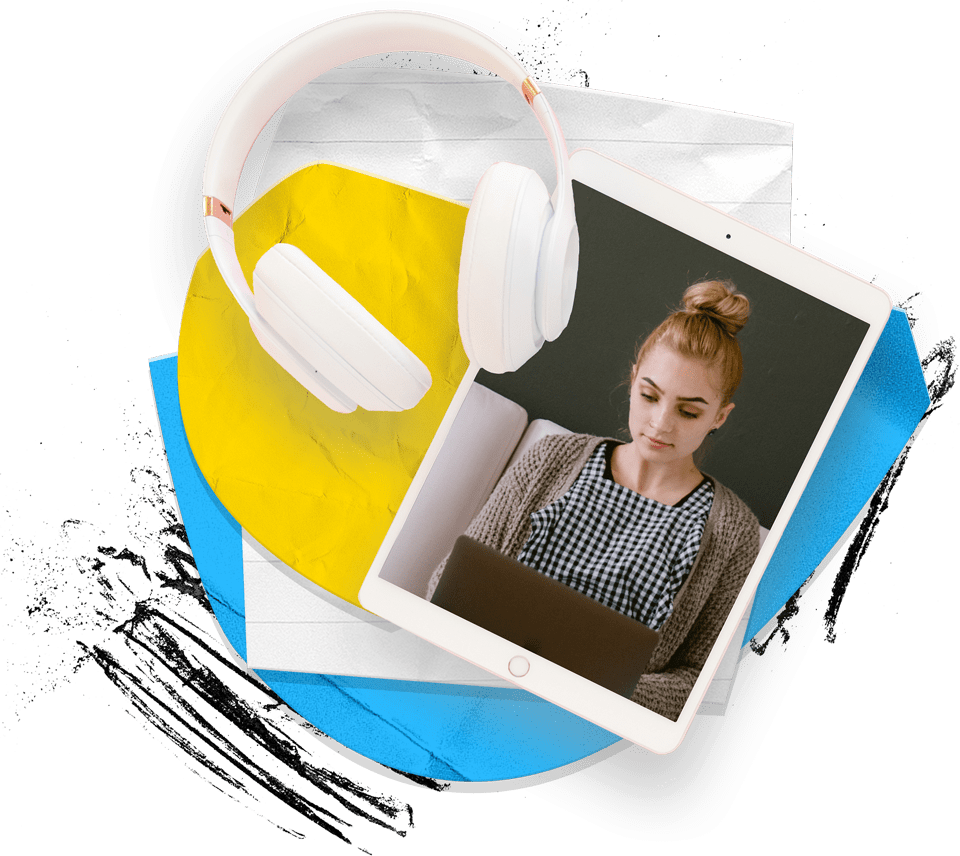Collisions Covalent Bonding: Teaching Strategies to use in Your Classroom
Have you been using the Collisions: Covalent Bonding game with your students? Below are some additional strategies to help with planning your lessons.
Before starting the game, ensure that students know the meaning of the following terms: single bond, double bond, triple bond, valence electrons, lone pair (and/or non-bonded pair).
As students play, introduce the terms molecular shape, bond polarity electronegativity.
Illustrate the steps required to draw basic Lewis structures (outside of Collisions):
- Count the number of valence electrons for all of the atoms.
- Adjust for any ion charge, if needed.
- Draw the skeleton structure for the molecule – the least electronegative element (but never H) goes in the center.
- Connect the skeleton with single bonds. Knowing that every single bond contains 2 electrons, subtract the number of electrons used in the single bonds from the total number of valence electrons available.
- Distribute remaining electrons, in pairs, to satisfy the octet rule, distributing to the outside atoms first, working inwards.
- If available electrons are exhausted before the octet rule is satisfied for all atoms, share lone pairs of electrons with more central atoms to create double or triple bonds.
In the sandbox: draw students’ attention to SO₂ which contains a coordinate covalent bond. In order to create this structure in Collisions, one of the O atoms needs to have an empty domain to combine with a pair of electrons from the central S atom. Have students try to make ozone (O₃).
Explain VSEPR Theory to your students. Post these short videos for your students to watch!
After playing Level 11, ask your students to describe what is different about the bonds in each molecule they created. What influences the location of the shared electrons within a bond?
After playing Level 15, ask your students to explain the difference between the 3-dimensional shapes made by CH₂O and NH₃.
Have your students identify ionization energy trends, and draw the trends as big arrows across each period and down each group on a blank periodic table.
Challenge your students to master the Covalent Bonding Sandbox Achievements:
- Molecule with single bond (Br₂)
- Molecule with double bonds (CO₂)
- Molecule with triple bond (C₂H₂)
- Molecule with coordinate covalent bond (SO₂)
- Single Bond, Double bond, Triple bond: nonpolar
- Single Bond, Double bond: semipolar
- Tetrahedral, trigonal planar, linear shaped molecules
- Or, make up your own challenges and have students submit a screenshot of their work!
The Covalent Bonding game shares Connected Levels with Atoms, IMFs, and Acids & Bases. Have your students complete all levels of the Covalent Bonding game, as well as one of the other games listed, to open up the pipe between these games and CONNECT their learning!








